How to Dress for Success: Tips to Boost Your Confidence and Authenticity
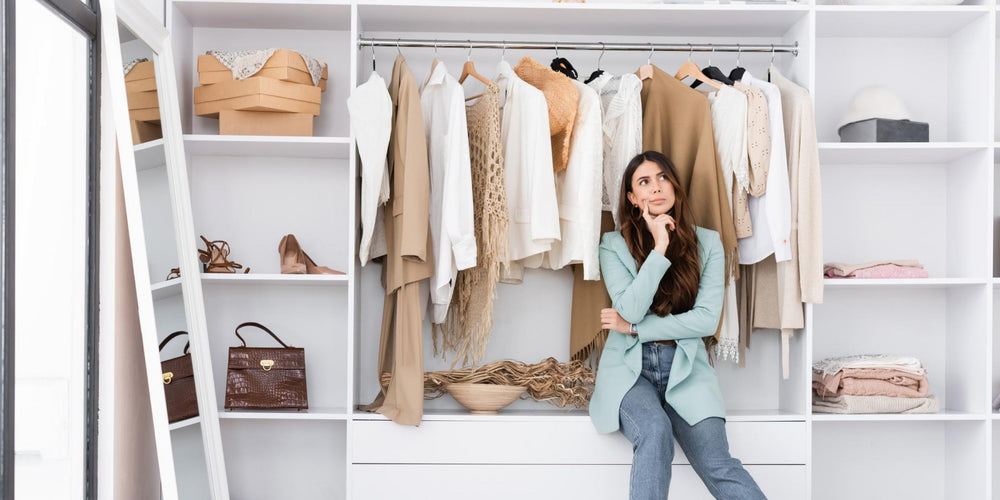
Stay tuned to our latest news
Do you ever feel like you don’t know what to wear, or that your clothes don’t reflect who you are? Do you struggle with finding outfits that make you feel confident and comfortable in your own skin? If so, you are not alone. Many people face these challenges when it comes to dressing for different occasions, whether it’s for work, social events, or everyday life.
However, dressing well is not just about following the latest trends or copying celebrities. It’s about finding your own style, one that suits your body, personality, and goals. It’s about expressing yourself and showing the world your true self. And it’s about feeling good in what you wear, no matter what.
In this article, we will share some tips on how to dress with confidence and authenticity, and how to create a wardrobe that works for you. Whether you want to update your look, revamp your closet, or just have some fun with fashion, these tips will help you achieve your style goals.
Importance of Personal Style in Boosting Confidence and Authenticity

Personal style is a powerful tool for boosting confidence and authenticity. When we dress in a way that reflects our unique personality and showcases our best features, we feel more empowered and ready to take on the world. In fact, numerous studies have shown that dressing up for success can have a positive impact on our mindset and behavior.
When we put effort into our appearance and present ourselves in a way that makes us feel good, we exude confidence and strength. This can have a ripple effect on how we carry ourselves and interact with others. When we feel good about how we look, we are more likely to engage in social situations, speak up in meetings, and take on leadership roles. Personal style is a reflection of our individuality, and when we embrace it, we become more authentic and true to ourselves.
In addition to boosting confidence, personal style also plays a crucial role in making a positive first impression. Whether we like it or not, people make judgments based on how we present ourselves. A well-put-together outfit communicates professionalism, attention to detail, and self-respect. It shows that we value ourselves and take our roles seriously. By dressing up for success, we can make a strong, lasting impression that opens doors and paves the way for new opportunities.
Furthermore, personal style is a form of self-expression. It allows us to showcase our creativity and individuality, and it can be a powerful form of communication. The way we dress sends a message to the world about who we are and what we stand for. By embracing our personal style, we can project confidence, authenticity, and a strong sense of self.
How Clothing Choices Can Impact Self-Perception and Professional Success

When it comes to professional success, many factors come into play. From education and experience to networking and skill set, there are countless elements that can contribute to one's achievements in the workplace. However, one often overlooked aspect of professional success is the impact of clothing choices on self-perception and career advancement. As the saying goes, "dress up for success," and there is indeed truth to the notion that what we wear can greatly influence how we perceive ourselves and how others perceive us.
Research has shown that our clothing choices can profoundly affect our self-confidence, self-esteem, and overall self-perception. When we dress in a way that makes us feel empowered and confident, we are more likely to carry ourselves with assurance and assertiveness in professional settings. On the other hand, when we dress in a manner that makes us feel uncomfortable or insecure, our confidence may suffer, and this can hinder our ability to perform at our best in the workplace.
But the impact of clothing choices extends beyond our internal self-perception; it also influences how others perceive us. Studies have found that our attire can shape the impressions that others form about our competence, professionalism, and credibility. Whether we like it or not, people often make snap judgments based on our appearance, and this can influence how they interact with us and whether they see us as capable and trustworthy.
In the professional world, where first impressions are crucial, it's important to recognize the significance of clothing choices in shaping both self-perception and external perception. By embracing the idea of "dressing up for success," individuals can use their clothing as a tool for bolstering their confidence, presenting a professional image, and making a positive impact on those around them. Whether it's wearing a well-tailored suit for a job interview or opting for polished and put-together attire for a client meeting, the way we dress can send a powerful message about our professionalism and ambition.
Know Your Body Type

One of the first steps to dressing well is to know your body type and what shapes and styles flatter you. There are different ways to categorize body types, but a common one is based on four basic shapes: apple, pear, hourglass, and rectangle. Each shape has its own strengths and challenges, and knowing yours can help you choose clothes that highlight your best features and minimize your problem areas.
Here are some general guidelines for each body type:
- Apple: You have a rounder upper body, with a fuller bust, waist, and upper back. Your lower body is slimmer, with narrower hips and legs. You want to balance your proportions by drawing attention away from your midsection and creating a waistline. You can do this by wearing V-neck tops, wrap dresses, empire waistlines, and A-line skirts. Avoid tight-fitting or bulky tops, high necklines, and belts.
- Pear: You have a smaller upper body, with a narrower bust, waist, and shoulders. Your lower body is fuller, with wider hips, thighs, and buttocks. You want to accentuate your upper body and create curves on your lower body. You can do this by wearing bright or embellished tops, boat necks, off-the-shoulder styles, and fitted jackets. Avoid tight or short skirts, low-rise pants, and anything that adds bulk to your hips.
- Hourglass: You have a balanced and curvy body, with a defined waist, full bust, and full hips. You want to show off your curves and maintain your proportions. You can do this by wearing fitted clothes that hug your body, such as wrap dresses, pencil skirts, peplum tops, and belted coats. Avoid loose or shapeless clothes, such as oversized sweaters, boxy shirts, and baggy pants.
- Rectangle: You have a straight and athletic body, with little difference between your bust, waist, and hips. You want to create some curves and definition on your body. You can do this by wearing clothes that add volume and interest to your upper and lower body, such as ruffles, frills, pleats, and prints. You can also use belts, accessories, and layers to create a waistline. Avoid clothes that are too tight or too loose, such as bodycon dresses, tunics, and straight-leg pants.
Know Your Color Palette

Another important aspect of dressing well is to know your color palette and what colors suit you best. Colors can have a big impact on your mood, your appearance, and your impression on others. They can also enhance or detract from your natural features, such as your skin tone, hair color, and eye color.
There are different ways to determine your color palette, but a common one is based on four seasons: spring, summer, autumn, and winter. Each season has its own range of colors, from warm to cool, bright to muted, and light to dark. Knowing your season can help you choose colors that complement your natural coloring and make you look radiant and healthy.
Here are some general guidelines for each season:
- Spring: You have a warm and light coloring, with golden or peachy undertones, blonde or light brown hair, and blue, green, or hazel eyes. You look best in warm and bright colors, such as coral, peach, yellow, mint, and turquoise. Avoid cool and dark colors, such as black, navy, gray, and purple.
- Summer: You have a cool and light coloring, with pink or blue undertones, ash blonde or light brown hair, and blue, green, or gray eyes. You look best in cool and muted colors, such as lavender, rose, periwinkle, powder blue, and soft gray. Avoid warm and bright colors, such as orange, red, yellow, and bright green.
- Autumn: You have a warm and dark coloring, with golden or olive undertones, auburn or dark brown hair, and brown, green, or hazel eyes. You look best in warm and rich colors, such as burgundy, rust, mustard, olive, and chocolate. Avoid cool and light colors, such as white, silver, pink, and light blue.
- Winter: You have a cool and dark coloring, with pink or blue undertones, black or dark brown hair, and blue, green, or brown eyes. You look best in cool and bold colors, such as black, white, red, navy, and emerald. Avoid warm and muted colors, such as beige, tan, orange, and khaki.
Know Your Personal Style

The next step to dressing well is to know your personal style and what clothes reflect your personality, values, and goals. Your personal style is not just about what you wear, but why you wear it and how you wear it. It’s about expressing yourself and showing the world who you are and what you stand for.
There are different ways to define your personal style, but a common one is based on six main types: classic, chic, bohemian, edgy, sporty, and romantic. Each type has its own characteristics, preferences, and inspirations. Knowing your type can help you choose clothes that suit your taste and vibe.
Here are some general guidelines for each type:
- Classic: You have a timeless and elegant style, with a preference for quality, simplicity, and sophistication. You like clothes that are well-made, well-fitted, and well-coordinated. You are inspired by icons such as Audrey Hepburn, Grace Kelly, and Jackie Kennedy. You look best in neutral colors, such as black, white, navy, and beige, and classic pieces, such as trench coats, blazers, pencil skirts, and button-down shirts.
- Chic: You have a modern and trendy style, with a preference for fashion, glamour, and flair. You like clothes that are stylish, sleek, and eye-catching. You are inspired by icons such as Victoria Beckham, Olivia Palermo, and Gigi Hadid. You look best in bold colors, such as red, pink, yellow, and purple, and chic pieces, such as leather jackets, skinny jeans, midi dresses, and statement accessories.
- Bohemian: You have a free-spirited and artistic style, with a preference for creativity, individuality, and comfort. You like clothes that are colorful, eclectic, and expressive. You are inspired by icons such as Sienna Miller, Kate Moss, and Vanessa Hudgens. You look best in earthy colors, such as brown, green, orange, and burgundy, and bohemian pieces, such as maxi skirts, peasant tops, fringe vests, and ethnic jewelry.
- Edgy: You have a rebellious and adventurous style, with a preference for risk, contrast, and attitude. You like clothes that are edgy, daring, and unconventional. You are inspired by icons such as Rihanna, Cara Delevingne, and Kristen Stewart. You look best in dark colors, such as black, gray, silver, and burgundy, and edgy pieces, such as leather pants, studded jackets, ripped jeans, and combat boots.
- Sporty: You have a casual and active style, with a preference for functionality, practicality, and comfort. You like clothes that are sporty, relaxed, and easy to wear. You are inspired by icons such as Jennifer Aniston, Jessica Alba, and Emma Stone. You look best in bright colors, such as blue, green, orange, and yellow, and sporty pieces, such as hoodies, leggings, sneakers, and caps.
- Romantic: You have a feminine and sweet style, with a preference for beauty, charm, and delicacy. You like clothes that are romantic, soft, and pretty. You are inspired by icons such as Taylor Swift, Emma Watson, and Keira Knightley. You look best in pastel colors, such as pink, lavender, mint, and peach, and romantic pieces, such as lace dresses, floral prints, ruffle blouses, and pearl earrings.
Create Your Wardrobe

Once you know your body type, your color palette, and your personal style, you can start creating your wardrobe that reflects your confidence and authenticity. A wardrobe is not just a collection of clothes, but a curated selection of pieces that work for you and your lifestyle. A wardrobe should be versatile, functional, and enjoyable, and it should make dressing easy and fun.
There are different ways to create your wardrobe, but a common one is based on the concept of a capsule wardrobe. A capsule wardrobe is a minimalist approach to fashion, where you have a limited number of pieces that can be mixed and matched to create different outfits for different occasions. A capsule wardrobe can help you save time, money, and space, and it can also help you develop your personal style and express yourself better.
Here are some general guidelines for creating a capsule wardrobe:
- Choose a base color: A base color is a neutral color that forms the foundation of your wardrobe. It should be a color that suits your season and your personal style, and that can be paired with other colors easily. Some examples of base colors are black, navy, gray, beige, and white.
- Choose accent colors: Accent colors are colors that add interest and variety to your wardrobe. They should be colors that suit your season and your personal style, and that can be coordinated with your base color. Some examples of accent colors are red, pink, yellow, green, and purple.
- Choose core pieces: Core pieces are the essential items that make up your wardrobe. They should be pieces that fit your body type, your color palette, and your personal style, and that can be worn for different purposes and seasons. Some examples of core pieces are jeans, trousers, skirts, dresses, tops, jackets, and coats.
- Choose accessories: Accessories are the finishing touches that complete your outfits and add personality to your wardrobe. They should be pieces that fit your color palette and your personal style, and that can be used to create different looks and moods. Some examples of accessories are shoes, bags, belts, scarves, hats, jewelry, and glasses.
Dressing with confidence and authenticity is not a skill that you are born with, but a skill that you can learn and improve. By knowing your body type, your color palette, and your personal style, and by creating your wardrobe accordingly, you can dress for success and show the world your true self. Remember, your body, your style, your choice.
Renpho Health Tips
-

Spring Forward: A Guide to Rebuilding and Fresh Start
March 7, 2023
Read more >
-
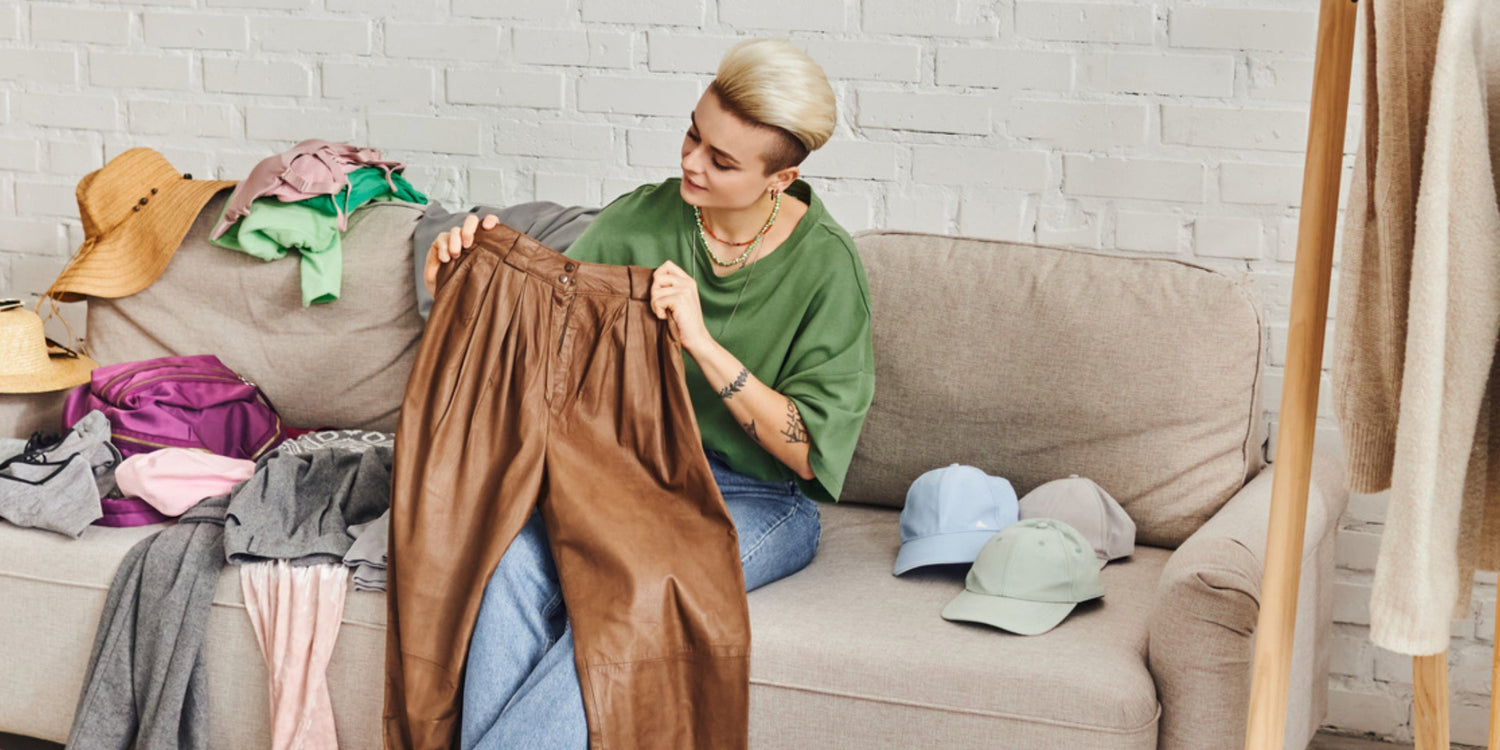
RENPHO's Guide to Decluttering and Organizing Your Home
December 27, 2023
Read more >
-
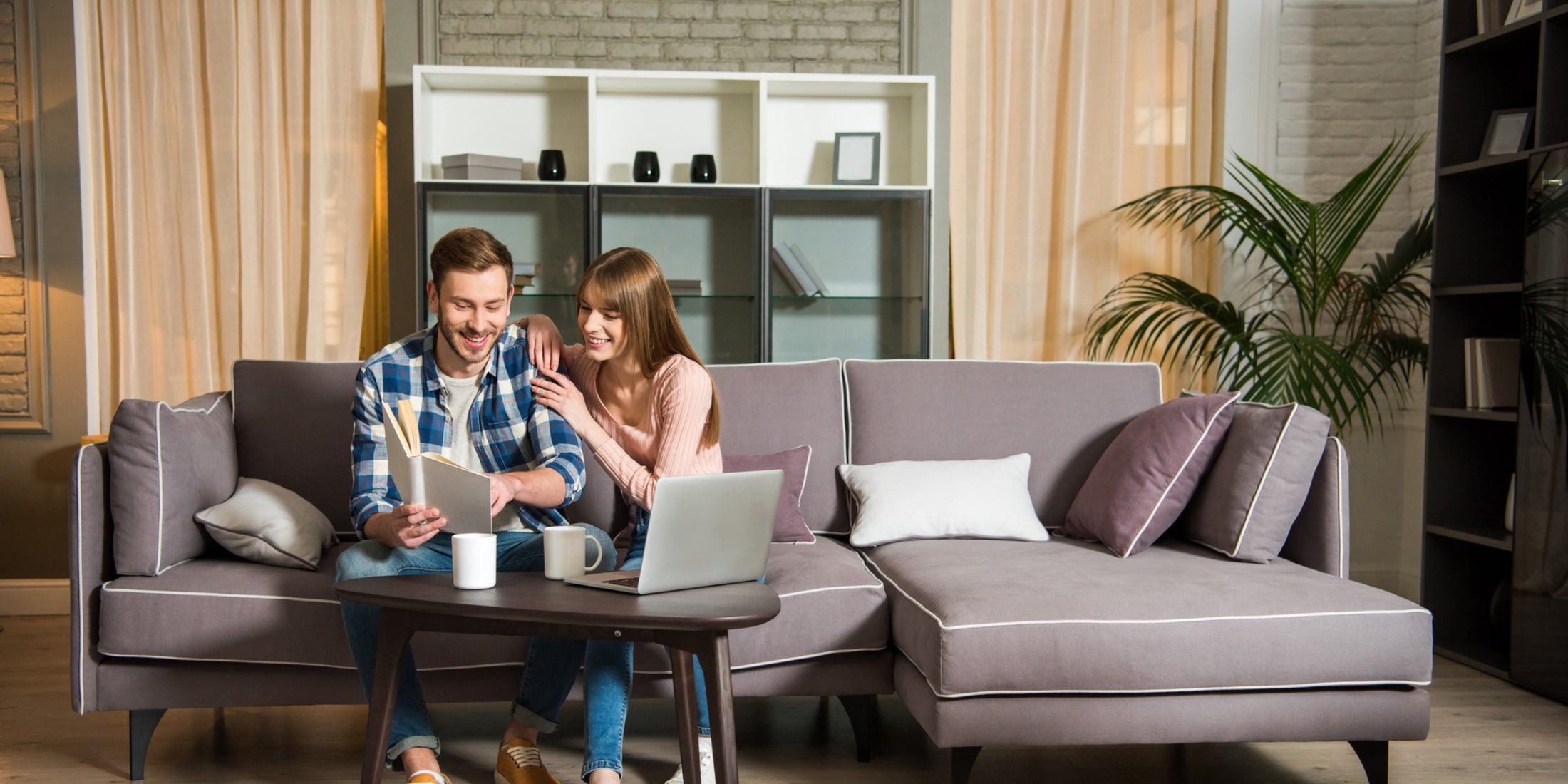
How to Hygge Your Home: A Guide to Creating a Cozy and Relaxing Atmosphere
December 6, 2023
Read more >
-
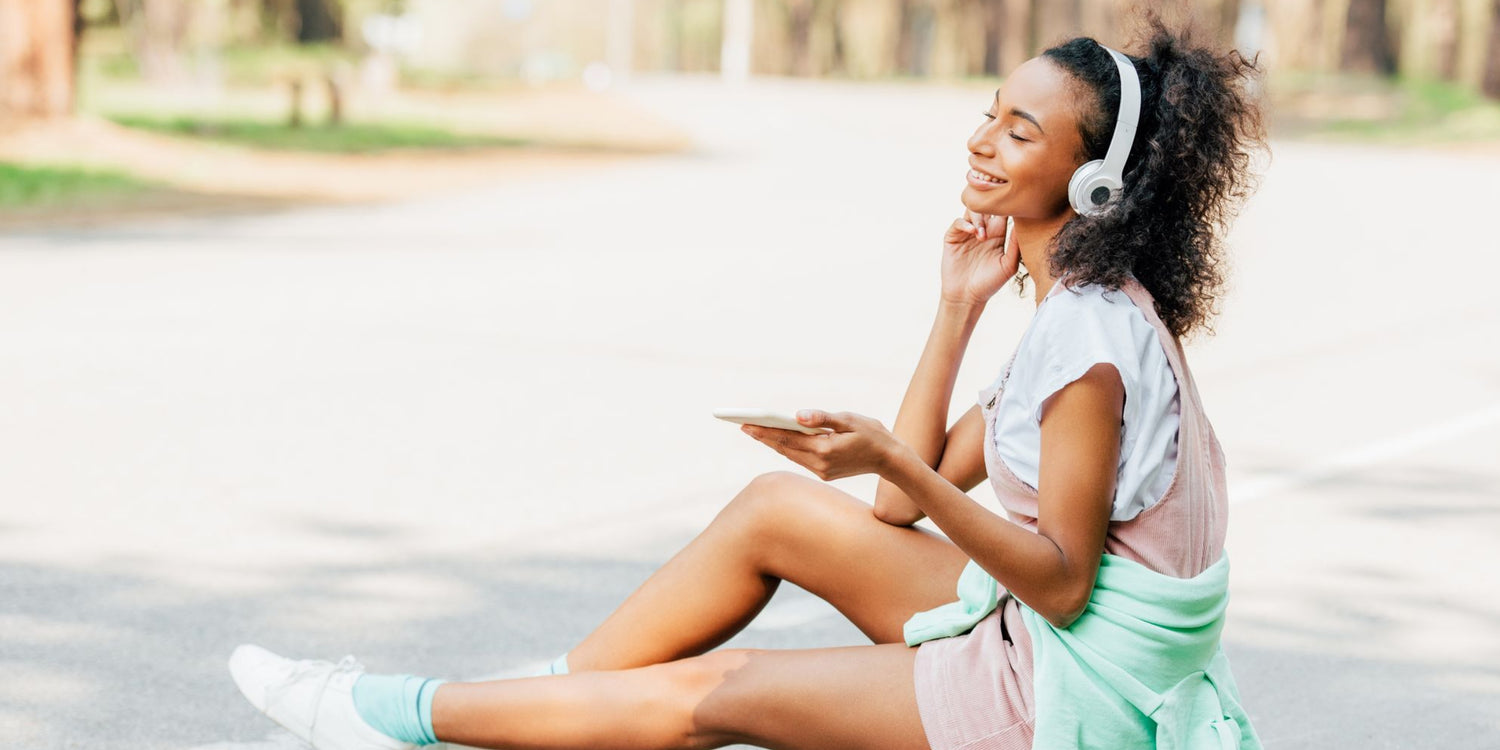
Sound Bath Therapy: Harnessing Sound Frequencies for Wellness
February 13, 2024
Read more >
-
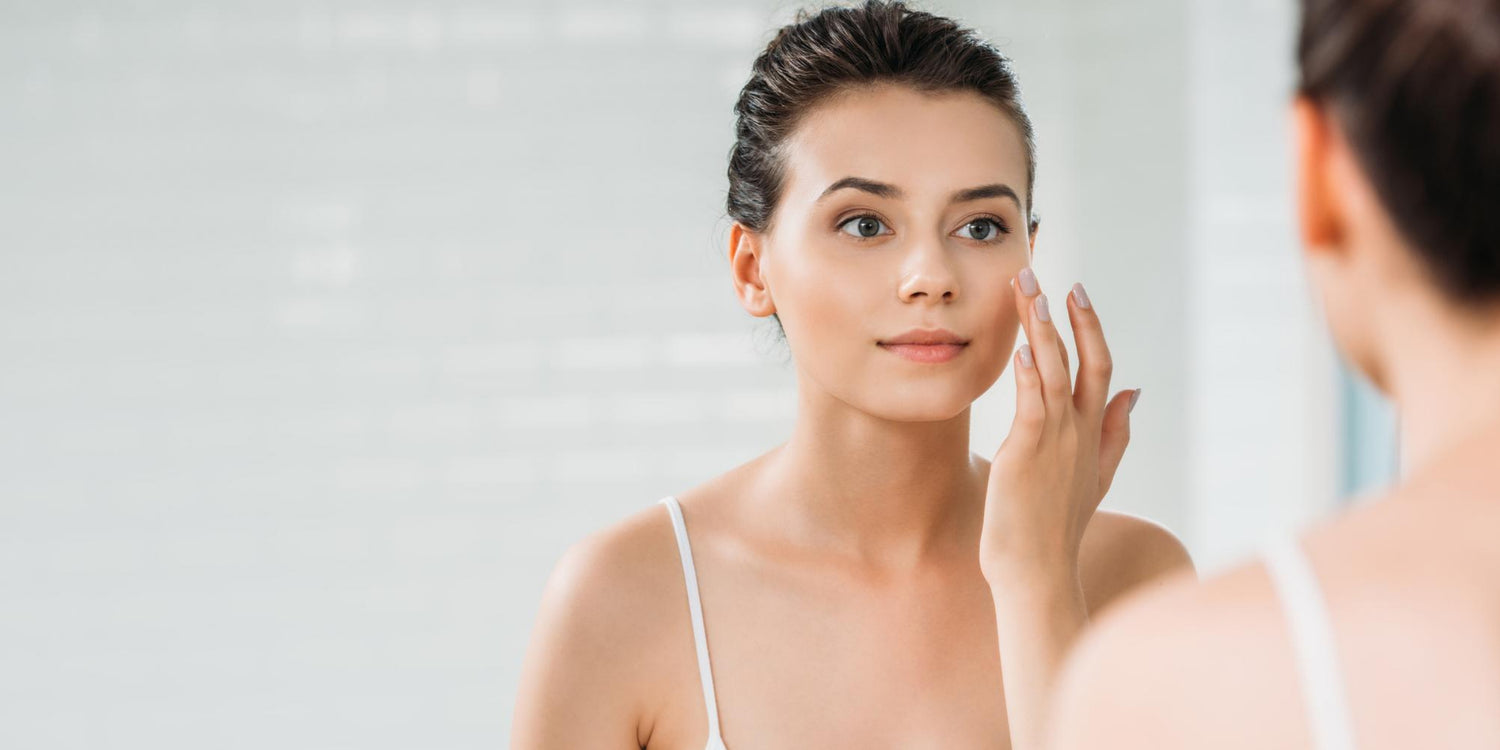
Loving Your Skin: Building Your Skincare Routine for a Healthy Glow
February 21, 2024
Read more >




